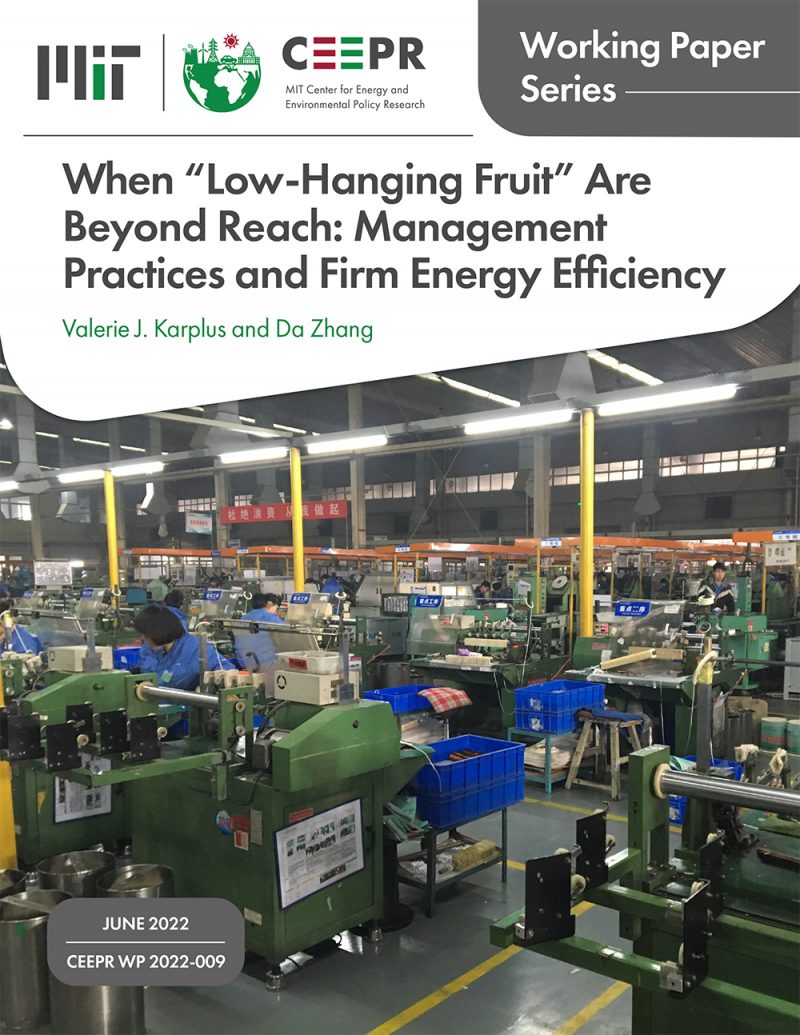Recording harms in randomized controlled trials of behavior change interventions: a scoping review and map of the evidence.
Objectives: Randomized controlled trials evaluate diverse interventions. This can include medical interventions such as drugs or surgical procedures, or behavior change interventions (BCIs) that aim to change a habit, belief, or attitude to improve health, for example, healthy eating, psychological wellbeing. Harms are often recorded poorly or inconsistently within randomized controlled trials of BCIs. This scoping review aimed to collate and describe literature on categories, definitions, and mechanisms of harms from BCIs; methods of identifying plausible harms; and recommendations for recording harms. Study design and setting: A scoping review was conducted. Three databases (MEDLINE, PsycINFO, and CINAHL) were searched. Reference list checking and citation searching were performed. Articles were included if they discussed (1) interventions that aimed to modify behavior, (2) categories or mechanisms of harms, and (3) methods or recommendations for recording harms. All research designs were included. One reviewer reviewed titles, abstracts, and full texts; queries were checked with another reviewer. Data were extracted and synthesized descriptively by one reviewer and checked by another reviewer. A thematic map was constructed to summarize the review findings. Harms described from specific BCIs were identified, and examples were selected and summarized. Results: The review included 37 articles. Nineteen of 37 articles contributed to a thematic review. Three articles described categories of harms; categories of harm included physical, psychological, group and social interactions, cultural, equity, opportunity cost, environmental, and economic. Seven articles included mechanisms or underlying factors for harms including feelings of failure leading to shame or stigma, and group interventions enabling knowledge exchange on unhealthy behaviors. Twelve articles provided recommendations for recording harms, including taking a proportionate approach by focusing on the most plausible and important harms, collecting different perspectives on whether harms had occurred (eg, caregivers and family members), and using qualitative research methods to identify harms. One article described a three-step method to identify plausible harms from an intervention, and six articles supported aspects of the method. Eighteen of 37 articles contributed to a review which collated harms arising from specific interventions, for example, a peer support intervention in inflammatory bowel disease caused distressing conversations which might lead to anxiety and confrontation with a possible negative future. Conclusion: BCIs can cause harm. This review identified categories and proposed mechanisms of harms, as well as methods and recommendations for identifying and recording harms in BCIs for inclusion in forthcoming recommendations.
研究证据
